 New data on the use of impersonation in phishing attacks focused on social media accounts shows some very realistic and worrisome websites and emails that could definitely fool you.
New data on the use of impersonation in phishing attacks focused on social media accounts shows some very realistic and worrisome websites and emails that could definitely fool you.
We’ve discussed the most impersonated brands many times, with Microsoft nearly always dominating the list. But new data from CheckPoint’s Q3 Brand Phishing Report shows threat actors are shifting focus – Microsoft’s share of impersonated brands dropped from 45% in Q2 to just 29% in Q3. This new report shows social media has become of great interest – specifically WhatsApp, LinkedIn, and Facebook – in the top ten imitated brands.
What’s truly scary about attacks using these brands is the realism found in the examples. Long gone are the days of poorly-worded and equally poorly-designed webpages and emails, and today’s impersonation is an exercise in perfection. Take a look at some of the examples from the report:
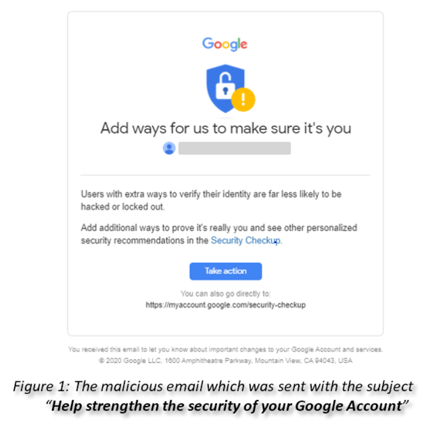
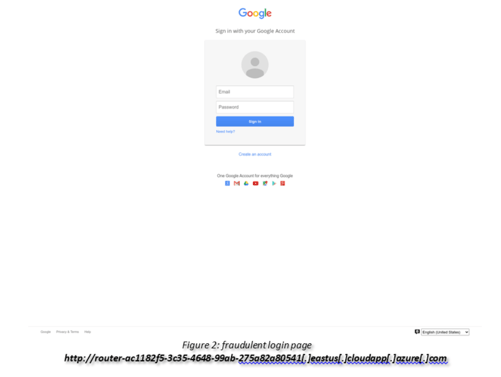
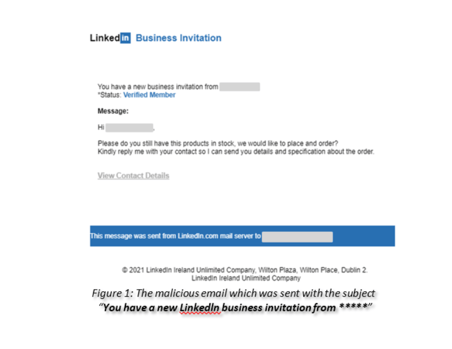
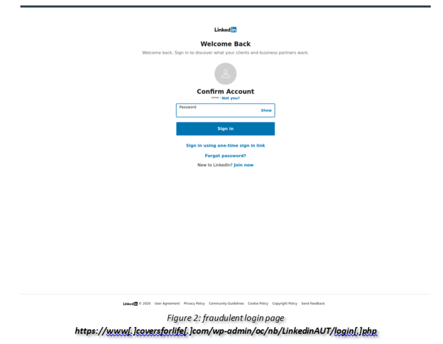
The images speak for themselves; cybercriminals realize the value in credentials – whether to access the compromised account or to use the harvested credentials as part of a password spray attack across multiple websites to gain additional access - and are putting in the effort to be certain to obtain them.
Because of the credibility found in these new attacks, it’s absolutely imperative that you educate your users on being mindful when unsolicited emails come in (even when they are seemingly from VERY familiar and trusted sources!) through continual Security Awareness Training.
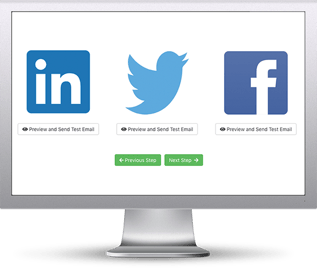 Here's how the Social Media Phishing Test works:
Here's how the Social Media Phishing Test works:




